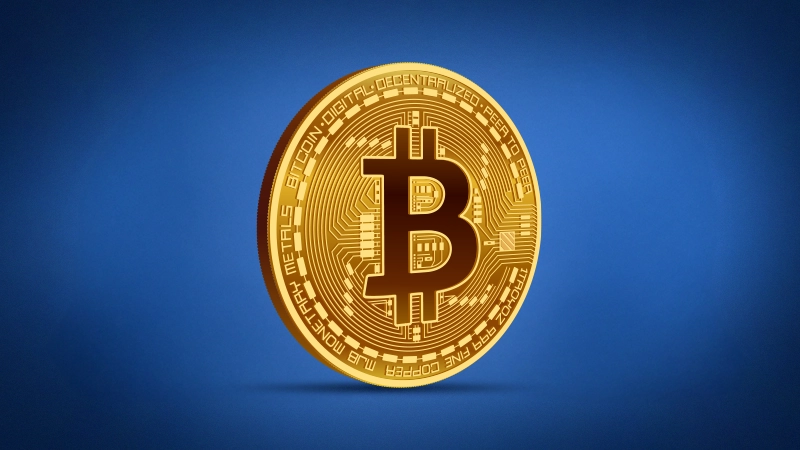
3. The Bitcoin Halving Has Taken Place, So What Happens Now?
The third of the bitcoin halving, which occurs every four years, took place on May 12 . With the halving, the block reward, which circulates every 10 minutes, decreased from 12.5 to 6.25 bitcoins. Therefore, it will be 900 bitcoins instead of the pre-halving daily production amount of 1800 bitcoins. Overall, reduced supply makes circulating bitcoins, which are limited, more in demand.
The Bitcoin halving mechanism was originally planned and integrated into the protocol by Satoshi Nakamoto to create supply limitations. Supply limitation sharply reduces the inflation rate of bitcoin in circulation.
Bitcoin Popularity
According to Google Trends data, an intense increase was observed in the research of bitcoin topic before the halving. It was noted that 7 of the 10 most researched countries were from the European region. The most surprising country among the trending countries was Nigeria, Africa’s largest economy.
Although a decline in price was observed before the halving, periodic rises were seen after past halving processes, but it is not possible to draw a definite scenario that is known.
What Will Be the Final Status of Bitcoin Miners?
Mining refers to the introduction of new bitcoins into circulation as a reward for contributing to the network by miners with computing resources. If the number of miners present on the network increases or decreases, it regulates the difficulty of mining a bitcoin in 2 weeks, or the equivalent of 2,016 blocks, if we accept the block creation time on the network as exactly 10 minutes. According to the arrangement , it decreases or increases the hash rate. After the halving, the hash rate drops as some miners stop mining, which can lead to delays in transactions as the difficulty will remain the same until the system update. 3. The hash difficulty record was also broken as miners worked as hard as they could to earn more before the halving. Given the current situation, if the costly miners withdraw from the system, the mechanism will reduce the hash rate. Therefore, since mining will be easier, the power consumption of the devices will decrease and the transaction volume will increase. Again, blocks are formed in 10 minutes, but bitcoin mining is less costly.